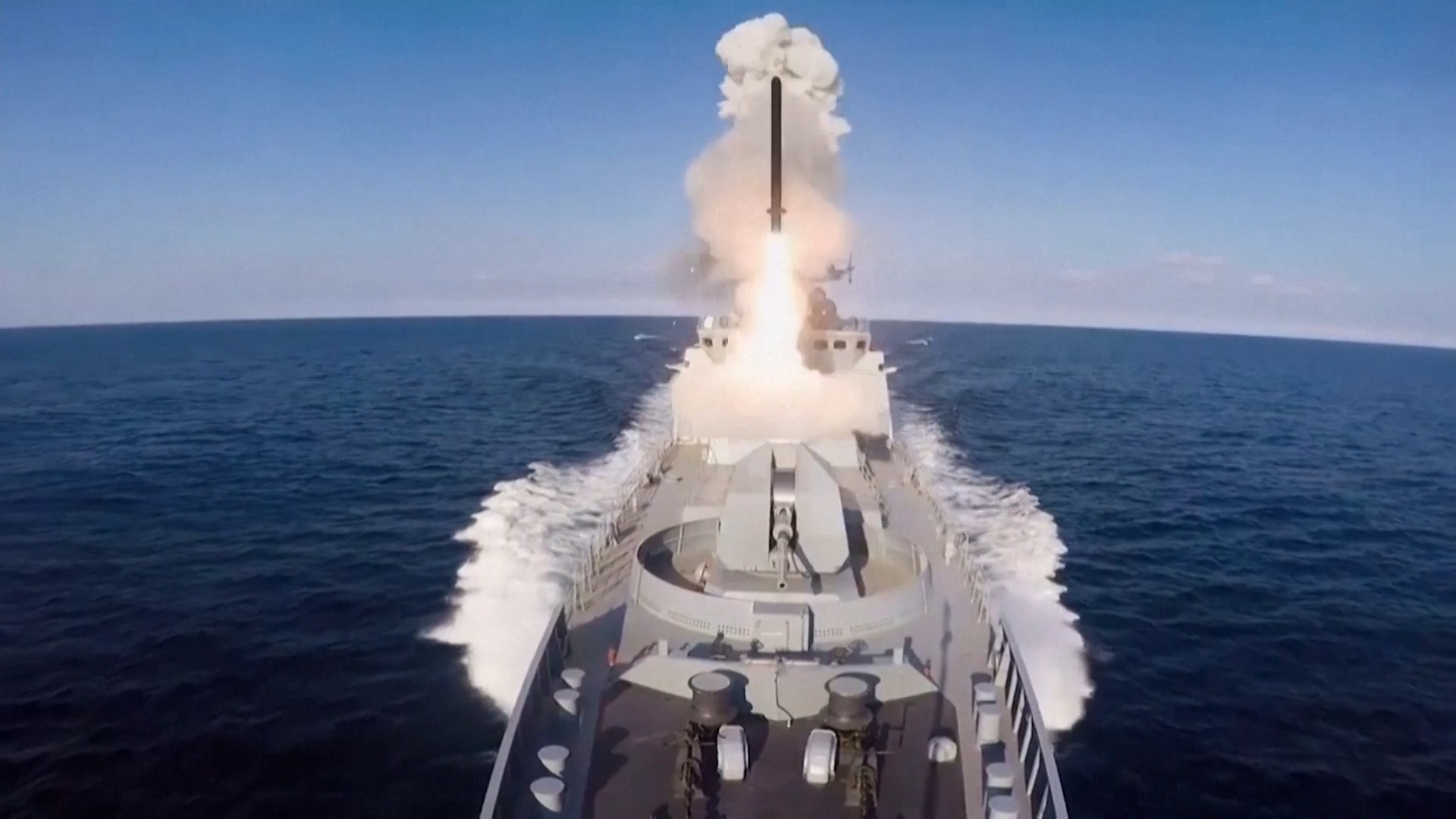
[Ryan Robertson]
RUSSIA’S AUGUST 26TH MISSILE AND DRONE BARRAGE ON UKRAINE WASN’T JUST ONE OF THE LARGEST ATTACKS SINCE THE WAR BEGAN—
IT CAME WITH A STAGGERING PRICE TAG. AROUND $1.3 BILLION FIGURES LIKE THAT SHOW THE ENORMOUS FINANCIAL TOLL OF RUSSIA’S ONGOING MILITARY CAMPAIGN.
THE ASSAULT — WHICH TARGETED CRITICAL ENERGY INFRASTRUCTURE — INVOLVED A TOTAL OF 236 MISSILES AND DRONES.
THE MOST EXPENSIVE COMPONENT OF THE OPERATION WAS THE 77 KH-101 CRUISE MISSILES — WHICH COMBINED FOR A COST OF APPROXIMATELY $1 BILLION. THE ATTACK ALSO INCLUDED 28 KALIBR CRUISE MISSILES — LAUNCHED FROM SUBMARINES AND SURFACE SHIPS — ADDING ANOTHER $182 MILLION TO THE BILL.
UKRAINE SUCCESSFULLY INTERCEPTED MOST OF THE MISSILES AND DRONES — BUT THE ATTACK PROVED RUSSIA’S BLACK SEA FLEET REMAINS A MAJOR THREAT. ALTHOUGH UKRAINE USED ITS SEA-BABY NAVAL DRONES AND ANTI-SHIP MISSILES TO REPORTEDLY DESTROY A THIRD OF THE FLEET AND FORCE ITS DISPERSAL — IT STILL PLAYS A KEY ROLE IN RUSSIA’S MILITARY STRATEGY…BY LAUNCHING MISSILE STRIKES FROM THE RELATIVE SAFETY OF THE EASTERN BLACK SEA INSTEAD OF NEAR ITS CRIMEAN BASE.
THIS OPERATIONAL SHIFT ALLOWS RUSSIA TO CONTINUE INFLICTING DAMAGE WITH ITS SUBMARINES AND SURFACE VESSELS— EVEN THOUGH MOSCOW IS FACING GROWING LOGISTICAL AND FINANCIAL CHALLENGES.
IN FEBRUARY — U.S. DEFENSE OFFICIALS ESTIMATE MOSCOW SPENT $211 BILLION ON MILITARY OPERATIONS SINCE THE WAR BEGAN. ON TOP OF THAT — THE RUSSIAN ECONOMY IS PROJECTED TO LOSE $1.3 TRILLION IN POTENTIAL GROWTH BY 2026 DUE TO SANCTIONS AND REDUCED TRADE.
DESPITE THESE ECONOMIC SETBACKS — RUSSIA’S DEFENSE INDUSTRY IS STILL RAMPING UP PRODUCTION. BY TRIPLING ITS DEFENSE BUDGET AND EXPANDING ITS WORKFORCE — THE KREMLIN MANAGED TO REPLENISH ITS MILITARY CAPABILITIES FASTER THAN MOST ANALYSTS THOUGHT POSSIBLE A YEAR AGO.
THE LATEST REPORTS SUGGEST RUSSIA’S SURGE IN MILITARY PRODUCTION WILL CHURN OUT 6-THOUSAND DRONES BY NEXT SUMMER AND IS ON PACE TO PRODUCE AT LEAST 3 MILLION ARTILLERY ROUNDS OR ROCKETS ANNUALLY — SO WHILE THE WAR IS COSTING THE KREMLIN DEARLY–THE ENTIRE RUSSIAN ECONOMY IS BUILT AROUND BUILDING WAR MACHINES, BOMBS, AND BULLETS.
FOR MORE OF OUR UNBIASED — STRAIGHT FACTS REPORTING — DOWNLOAD THE STRAIGHT ARROW NEWS APP OR VISIT US AT SAN – DOT – COM.











